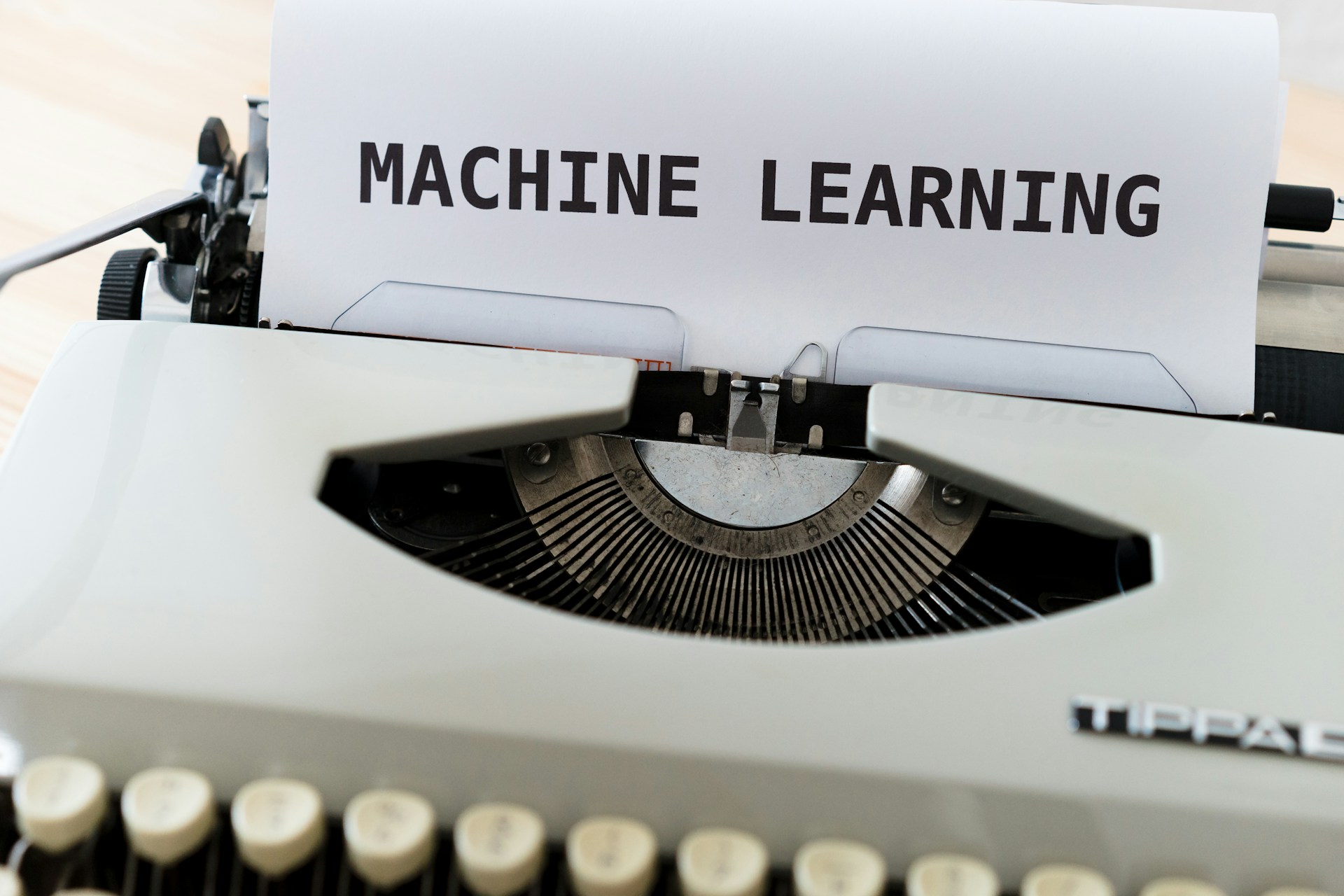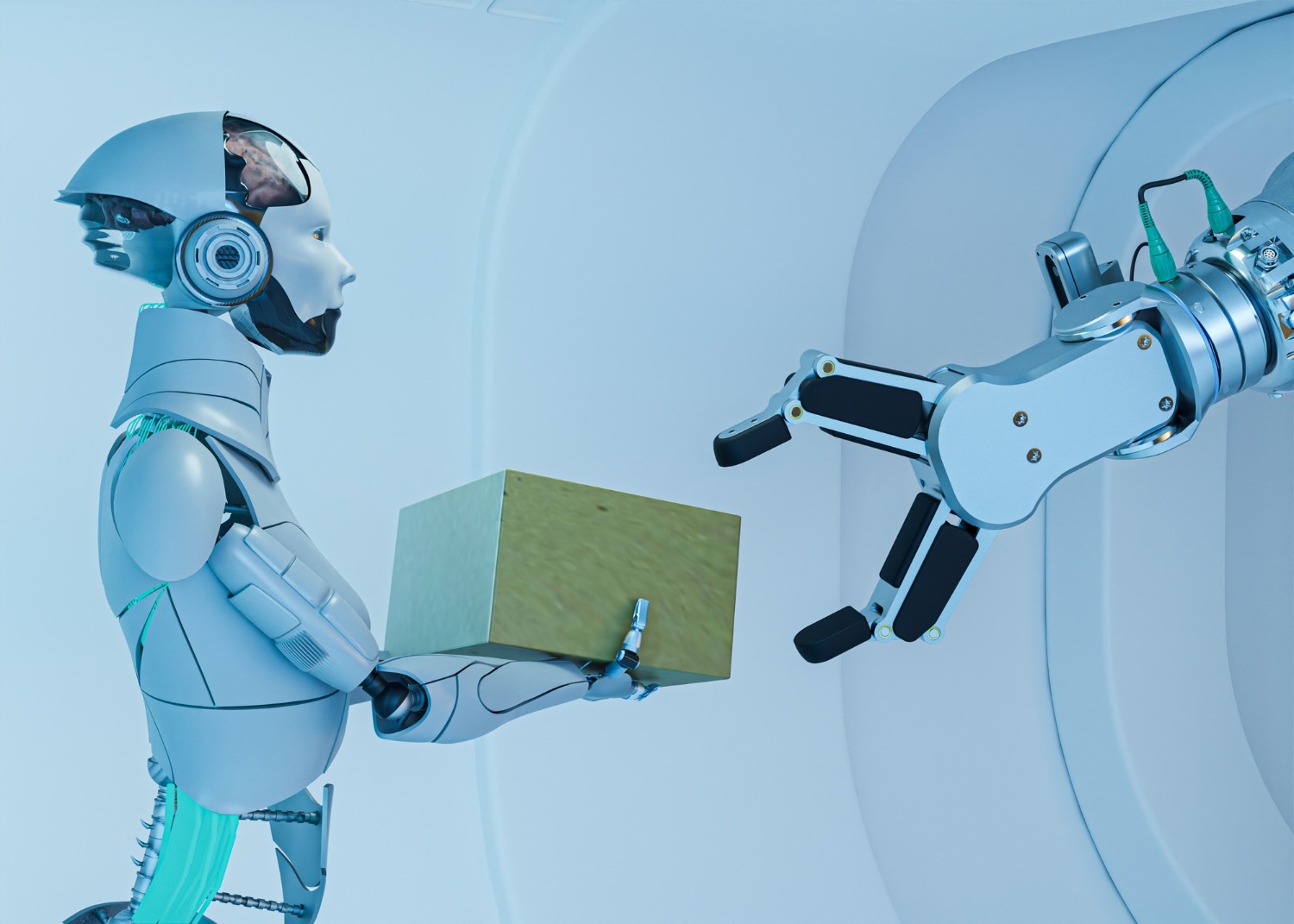Exploring Machine Learning: The Backbone of Artificial Intelligence
Artificial Intelligence (AI) has become a driving force behind technological advancements, transforming industries and everyday life. But at the core of AI lies machine learning (ML)—the technology that allows computers to learn from data, identify patterns, and make decisions without explicit programming.
From personalized suggestions on Netflix to self-driving cars, machine learning is shaping the future. But how does it work? What are its kinds, and applications?
This paper delves into this broad area of machine learning, describing why it’s such a significant area in AI and how it is considered the backbone of intelligent systems.
What is Machine Learning?
Machine learning is a subcategory of artificial intelligence that enables computers to learn from data and improve their performance over time without being explicitly programmed.
Traditional programming requires developers to write specific rules for computers to follow. Machine learning, however, allows computers to learn from past experiences, recognize patterns, and make predictions based on new data.
A simple application of machine learning is spam filtering in emails. Instead of configuring rules to spot spam, the ML algorithm analyses thousands of e-mails, finds out which one is spam and based on earlier patterns, will automatically filter such messages in the future.
How Does Machine Learning Work?
Machine learning works using data, algorithms, and models for training purposes. Let’s break it down:
1. Data Collection
Machine learning starts with the collection of a huge amount of data, which can be:
Structured data: It is arranged in databases, such as sales records and customer details.
Unstructured data: Raw information, like images, videos, and emails.
2. Data Processing and Cleaning
Raw data is usually messy and incomplete. Data processing includes:
Removing duplicates and irrelevant information.
Handling missing values.
Converting text or images into numerical data for analysis.
3. Choosing the Right Algorithm
Machine learning algorithms are like mathematical models that seek to find patterns in data. The choice of algorithm depends on the type of problem being solved.
4. Training the Model
The algorithm is fed with training data to learn patterns and relationships. The more data it processes, the better it gets at making accurate predictions.
5. Testing and Evaluation
Once trained, the model is tested using new data to check its accuracy. In case of poor performance, changes are made to have better results.
Types of Machine Learning
Machine learning can be divided into three main types:
1. Supervised Learning
The model learns from labelled data, meaning every input has a corresponding correct output.
A child learns to recognize and associate images with cards; for example, when shown an image of a cat, they are told, “This is a cat.”
Examples:
Filtering spam emails
House prices are based on localities and area sizes.
2. Unsupervised Learning
The model learns from unclear data and defines hidden patterns with absolutely no guidance.
It’s like giving a child a jigsaw puzzle without instructions and letting them figure it out.
Examples:
To segment the customers for marketing purposes.
Fraud detection in banking transactions.
3. Reinforcement Learning
The model learns through trial and error. It gets a reward for a correct action and a penalty for an incorrect one.
It’s like training a dog: reward good behaviour, and discourage bad behaviour.
Examples:
Self-driving cars learning to drive on roads.
AI-powered robots in gaming environments.
Applications of Machine Learning in Real Life
Machine learning is not a far-fetched idea; it has already become part of our lives. Here are some of the key applications.
1. Healthcare
Disease Detection: AI-powered tools analyze medical images to detect diseases like cancer at an early stage.
Personalized Medicine: Predicts the best treatment plans based on a patient’s genetic makeup.
2. Finance and Banking
Fraud Detection: Identifies suspicious transactions and prevents fraud in real time.
Credit Scoring: Determines loan eligibility based on an applicant’s financial history.
3. E-Commerce
Recommendation Systems: Platforms like Amazon and Netflix suggest products or movies based on user preferences.
Chatbots and Virtual Assistants: The AI-driven chatbots are adept at handling queries from customers efficiently.
4. Autonomous Vehicles
Machine learning propels self-driving cars to distinguish road signs, pedestrians, and obstacles.
5. Social Media and Marketing
AI analyzes the behaviour of the user to give them personalized content and ads.
Platforms like Facebook and Instagram are using ML to detect fake accounts and inappropriate content.
Benefits of Machine Learning
Machine learning is transforming industries because of its ability to process data and develop intelligence. Some key benefits that define this are:
1. Automation of tasks
Machine learning can automate repetitive and time-consuming jobs, such as in manufacturing, healthcare, and customer care.
2. Better decision making
Machine learning analyzes large datasets and generates data-driven insights that help businesses make better decisions.
3. Better customer experience
These ML models enhance customers’ interactions throughout various industries – from personalized suggestions to virtual assistants.
4. Fraud Prevention
Banks and financial institutions implement ML algorithms in real-time transaction detection and fraud prevention.
5. Increased Precision
ML Models learn and tune their predictions as time progresses to provide more precise results in various fields, be it medical diagnoses or stock markets.
Challenges of Machine Learning
Despite such benefits, the challenges of ML are also associated with it
1. Data Privacy and Security
ML is dependent on vast data. There are risks of compromised data security as well as data breaches.
2. Bias in Algorithms
If biased data is trained, then the ML model may make unfair or incorrect predictions.
3. High Computational Requirements
Training these ML models requires high-power hardware and a massive amount of computing resources.
4. Lack of Transparency
Most ML models operate as “black boxes” where it is often challenging to know how they arrive at a particular decision.

The Future of Machine Learning
Machine learning is coming of age fast, with exciting possibilities and futures ahead:
1. AI-Powered Healthcare
AI-driven diagnostics, early disease detection, and subsequent patient care
ML will play a role in drug discovery as well as in precision medicine
2. The Smarter AI Assistants:
Virtual assistants would be much better and more intelligent, intuitive systems like Alexa, Google Assistant would be.
3. Advanced Robotics
Machine learning will enhance machines to perform higher-order tasks- manufacturing, space, and more complex tasks:
4. Ethical AI and Fairness
Researchers are now developing AI models for transparency and unbiasedness.
5. AI in Climate Change Solutions
ML will predict the catastrophe, optimize energy usage, and give sustainable output.
Conclusion
Machine learning is the heart of artificial intelligence which causes innovation in every industry in itself. Its ability to learn data, take out patterns from it, and make intelligent decisions makes this sophisticated tool a powerful helper in today’s digital era.
While challenges are there, it is limitless on the potential front. From improvement in healthcare to revolutionizing self-driving cars, machine learning will shape the future in ways never imagined.
When technology advances further, we’ll see even more breakthroughs for AI to make it smarter, more efficient, and more ethical.




